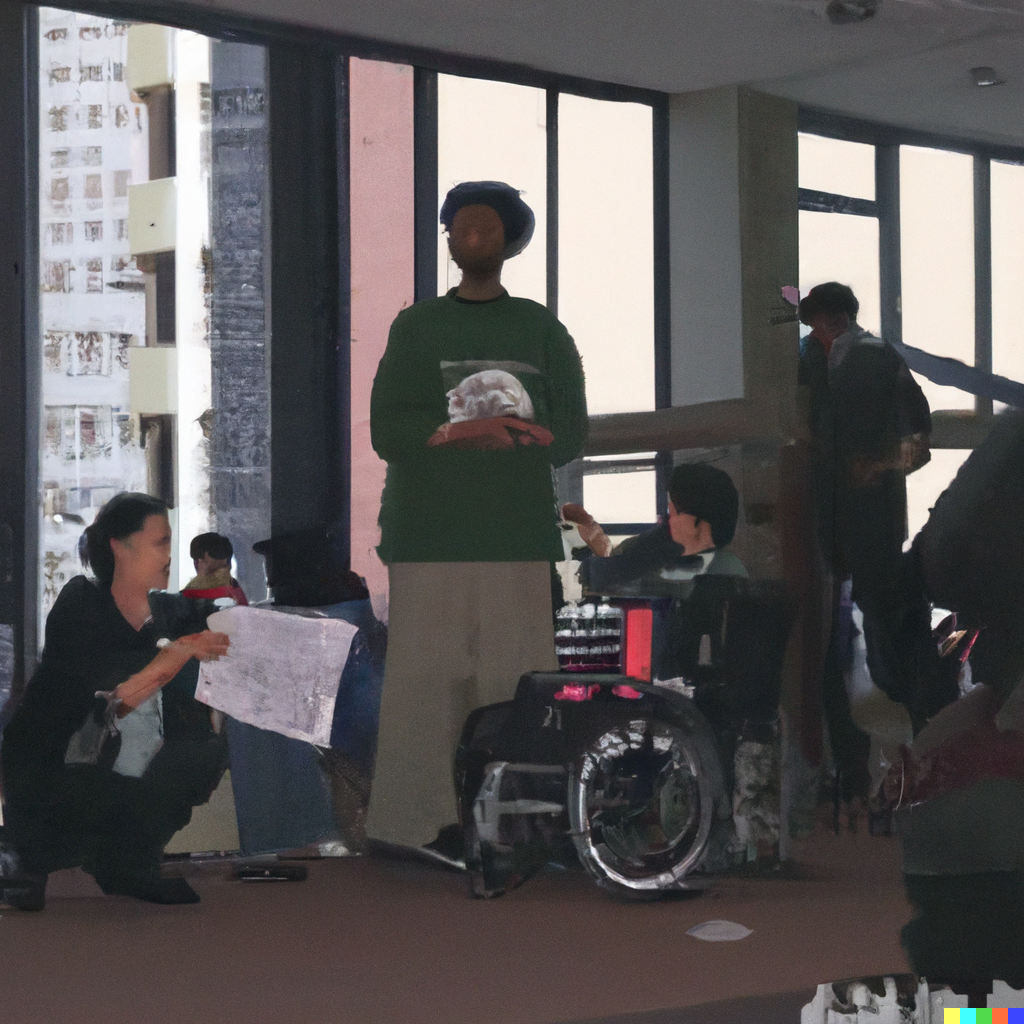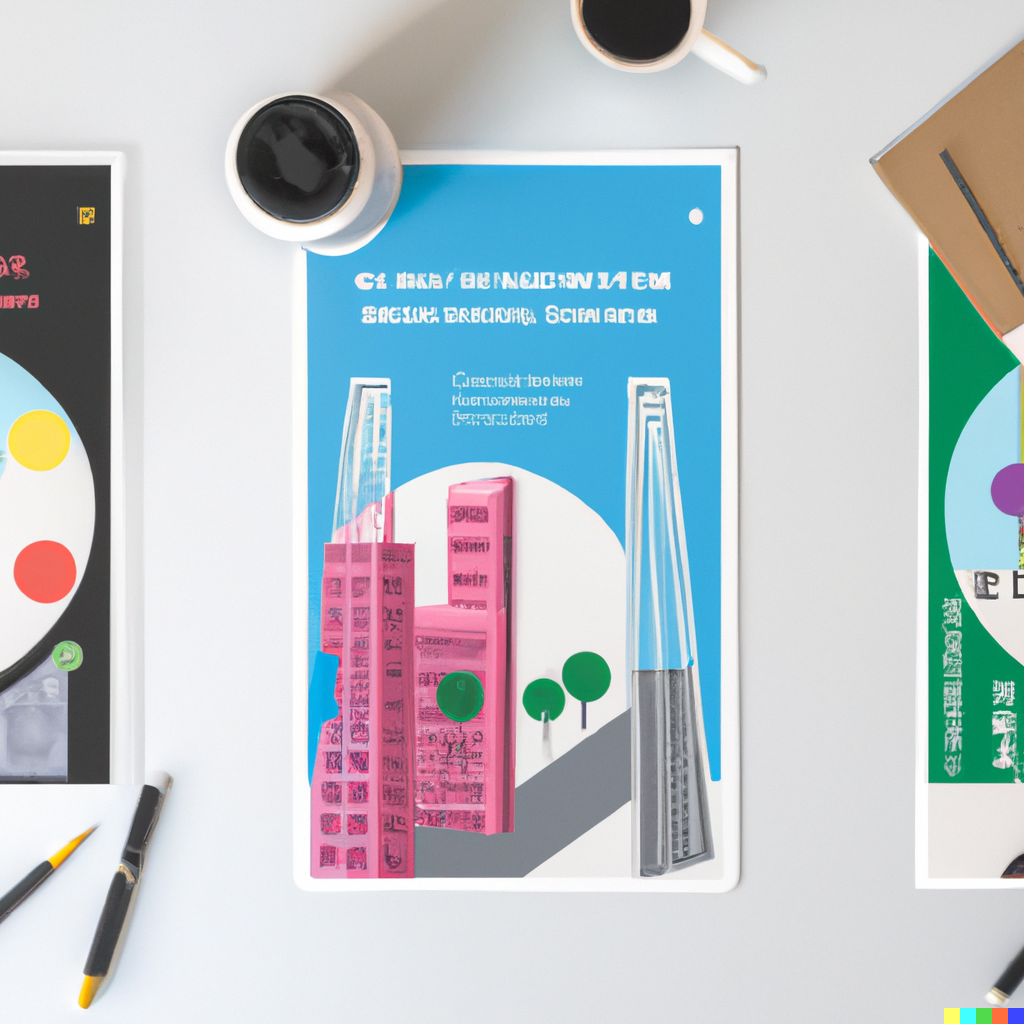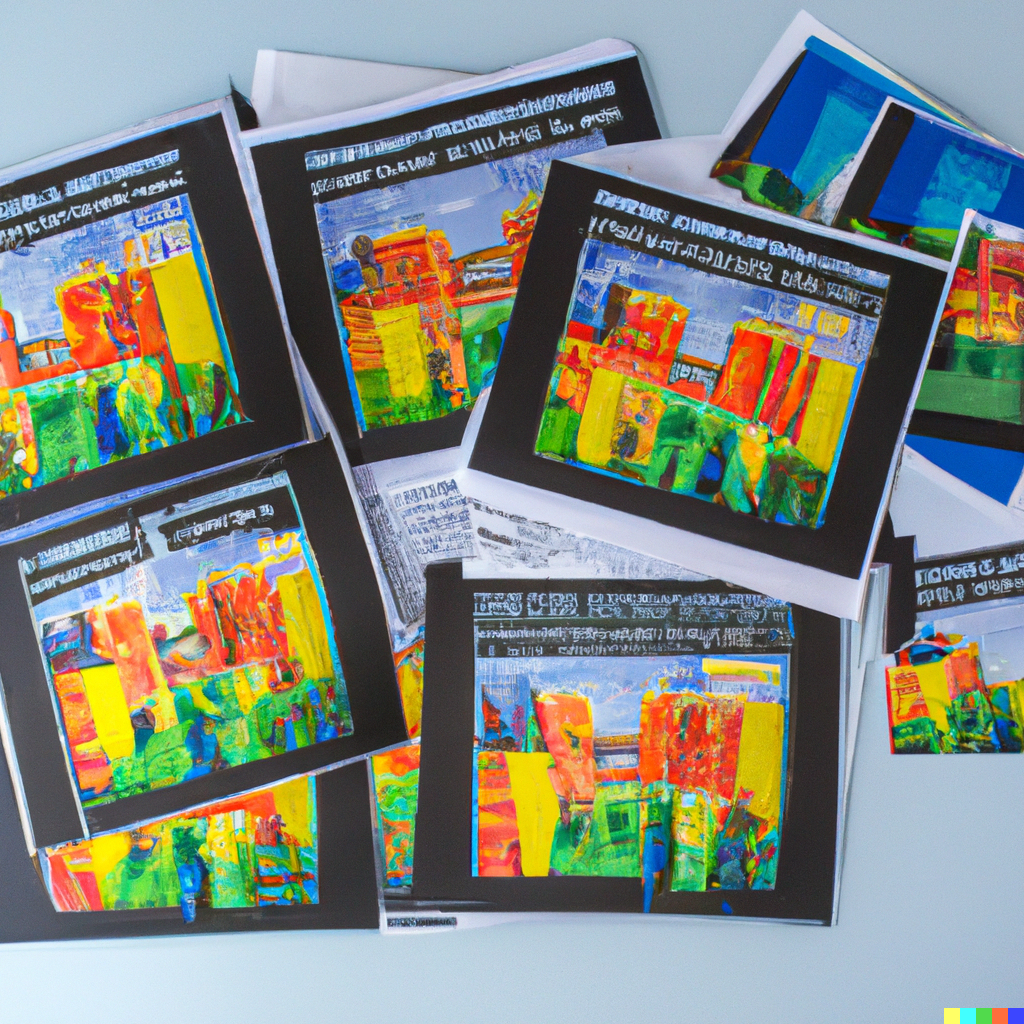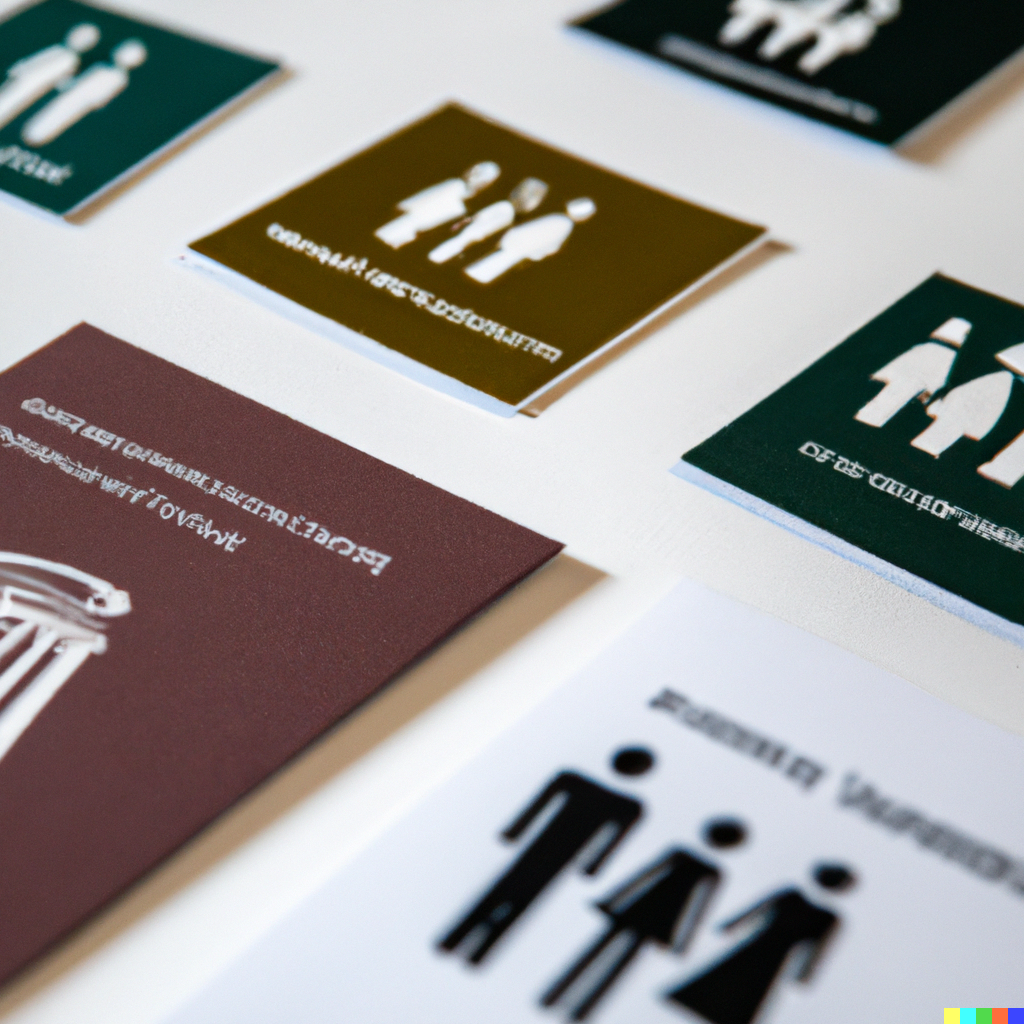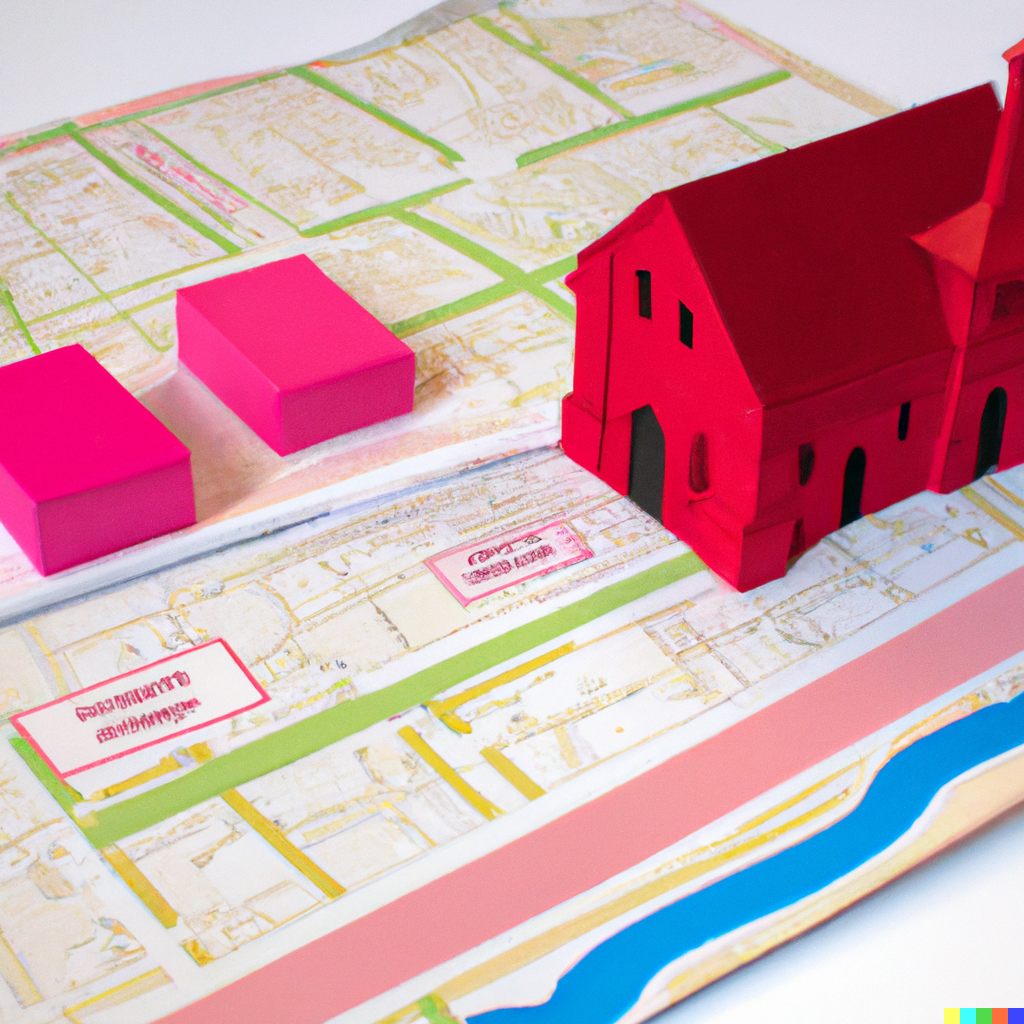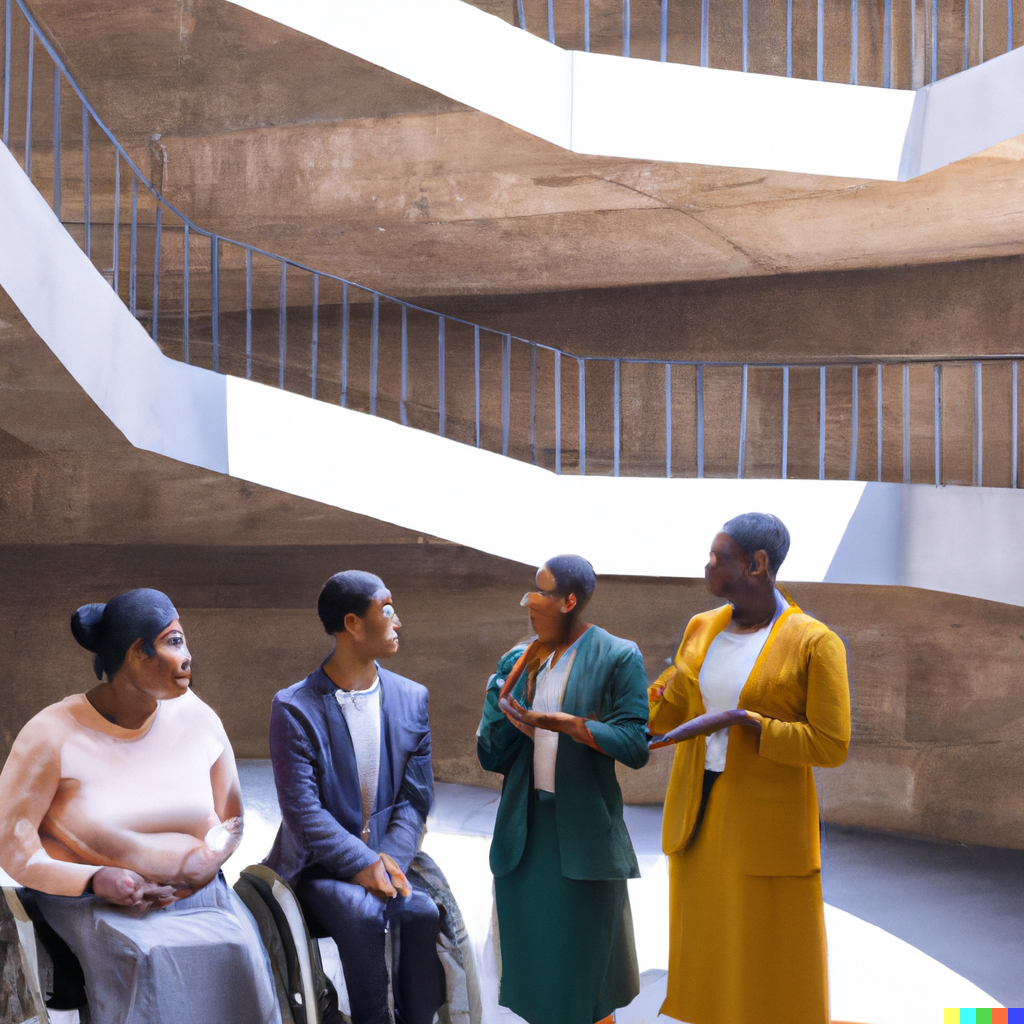Architecture has the power to shape the way we live, work, and interact with the world around us. It can create spaces that inspire creativity, promote well-being, and foster a sense of community. However, not everyone is able to fully experience the benefits of architecture, as many buildings and public spaces are not designed to be inclusive and accessible for all. This is why designing for inclusivity and accessibility in architecture is crucial in creating a better future.
Inclusivity in architecture means creating spaces that are welcoming and accommodating to people of all backgrounds and abilities. This includes people with disabilities, older adults, children, and people from diverse cultural and socio-economic backgrounds. Inclusivity involves designing buildings and public spaces that are accessible, flexible, and responsive to the needs of different users.

Accessibility, on the other hand, refers to designing buildings and public spaces that can be easily used by people with disabilities. This includes people who use wheelchairs, people with visual or hearing impairments, and people with mobility or cognitive disabilities. Accessibility in architecture is about ensuring that everyone can access and enjoy the same spaces and experiences.
Advancing inclusivity and accessibility in architecture requires a collaborative effort between architects, designers, engineers, and builders. It also requires a commitment to research, innovation, and ongoing education. Here are some key strategies that can be employed to create more inclusive and accessible architecture.

Universal Design
Universal design is an approach to design that seeks to create products and environments that are accessible and usable by everyone, regardless of their abilities or disabilities. This includes designing buildings and public spaces that are easy to navigate, with clear signage, lighting, and wayfinding systems. Universal design also involves incorporating features such as ramps, lifts, and wider doorways, to ensure that buildings are accessible to people with mobility impairments.
Sustainability
Sustainability in architecture is not only about reducing carbon emissions and energy consumption, but also about designing buildings and public spaces that are sustainable in terms of their social and cultural impact. This means designing spaces that are inclusive and accessible, and that promote social equity and community engagement. It also involves using materials and construction techniques that are environmentally friendly and socially responsible.
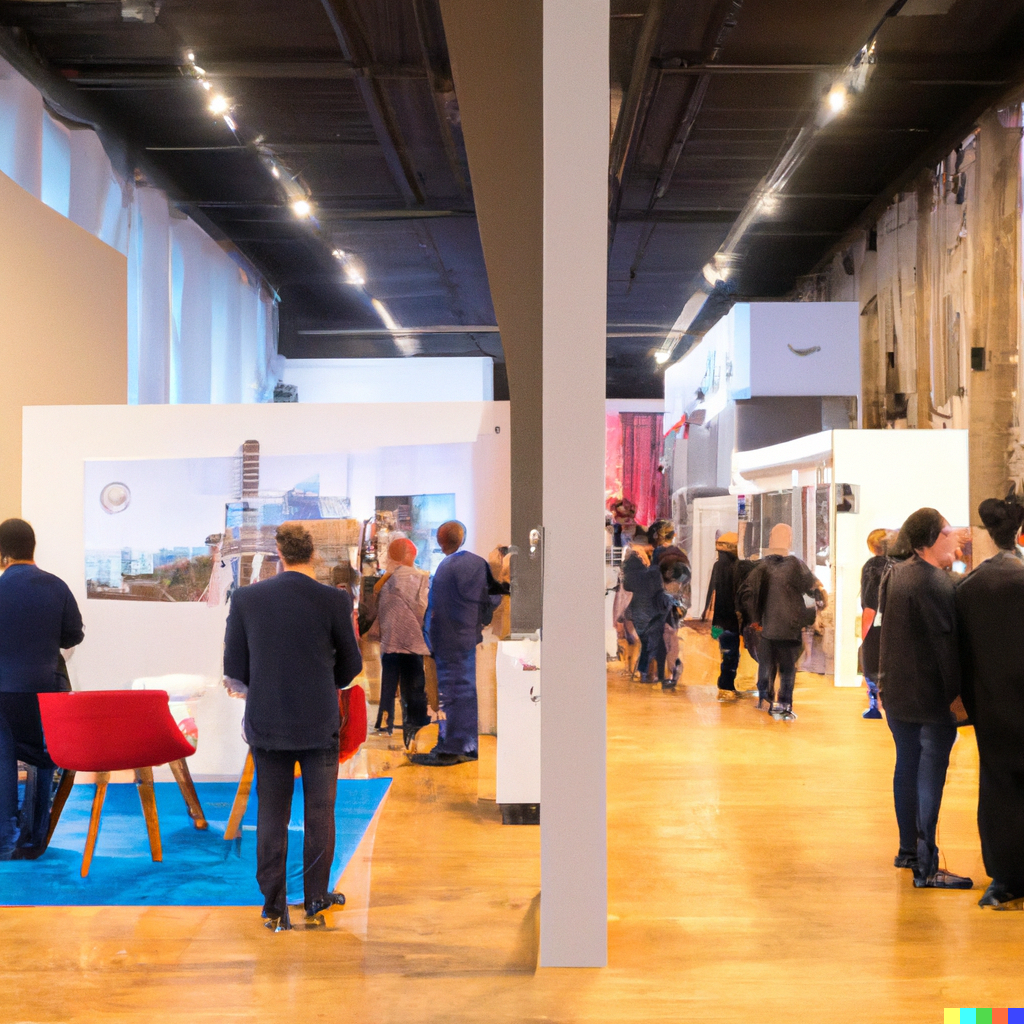
Smart Technology
Smart technology can be used to create more accessible and inclusive buildings and public spaces. For example, digital wayfinding systems can help people with visual impairments navigate complex spaces, while smart lighting and heating systems can be controlled remotely by people with mobility impairments. Smart technology can also be used to provide real-time information about accessibility features, such as the location of accessible entrances, restrooms, and seating areas.
Engagement and Collaboration
Designing for inclusivity and accessibility requires a deep understanding of the needs and preferences of different user groups. This involves engaging with community groups, advocacy organizations, and people with disabilities to understand their experiences and preferences. Collaboration with experts in accessibility and universal design is also essential, as they can provide valuable insights and recommendations on best practices and emerging trends.
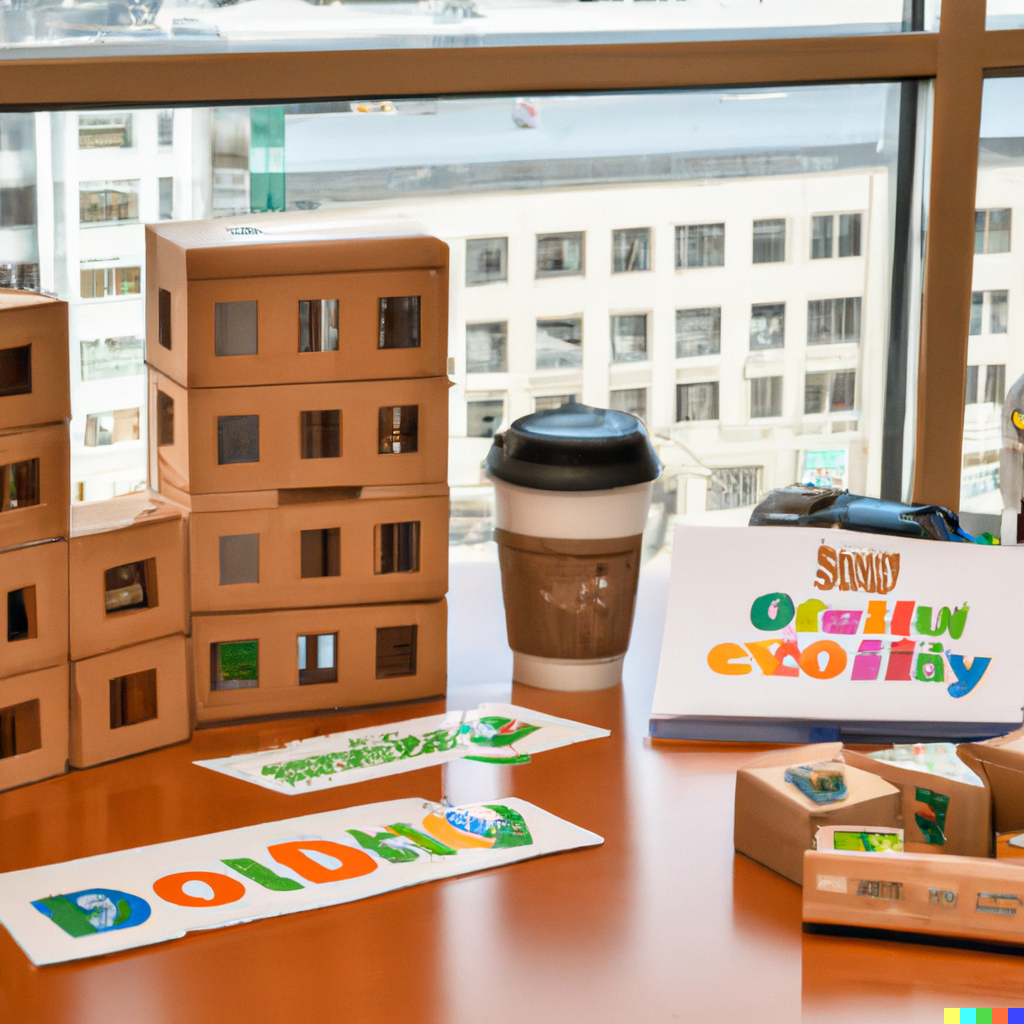
Education and Training
Designing for inclusivity and accessibility also requires ongoing education and training for architects, designers, and builders. This includes understanding the latest research and best practices in accessibility and universal design, as well as gaining practical skills and knowledge in areas such as building codes and regulations, accessibility standards, and assistive technologies.
In conclusion, designing for inclusivity and accessibility in architecture is critical in creating a better future. It requires a commitment to research, innovation, and ongoing education, as well as collaboration and engagement with community groups, advocacy organizations, and people with disabilities. By employing strategies such as universal design, sustainability, smart technology, engagement, and education, architects and designers can create spaces that are welcoming, accessible, and inclusive for everyone.


